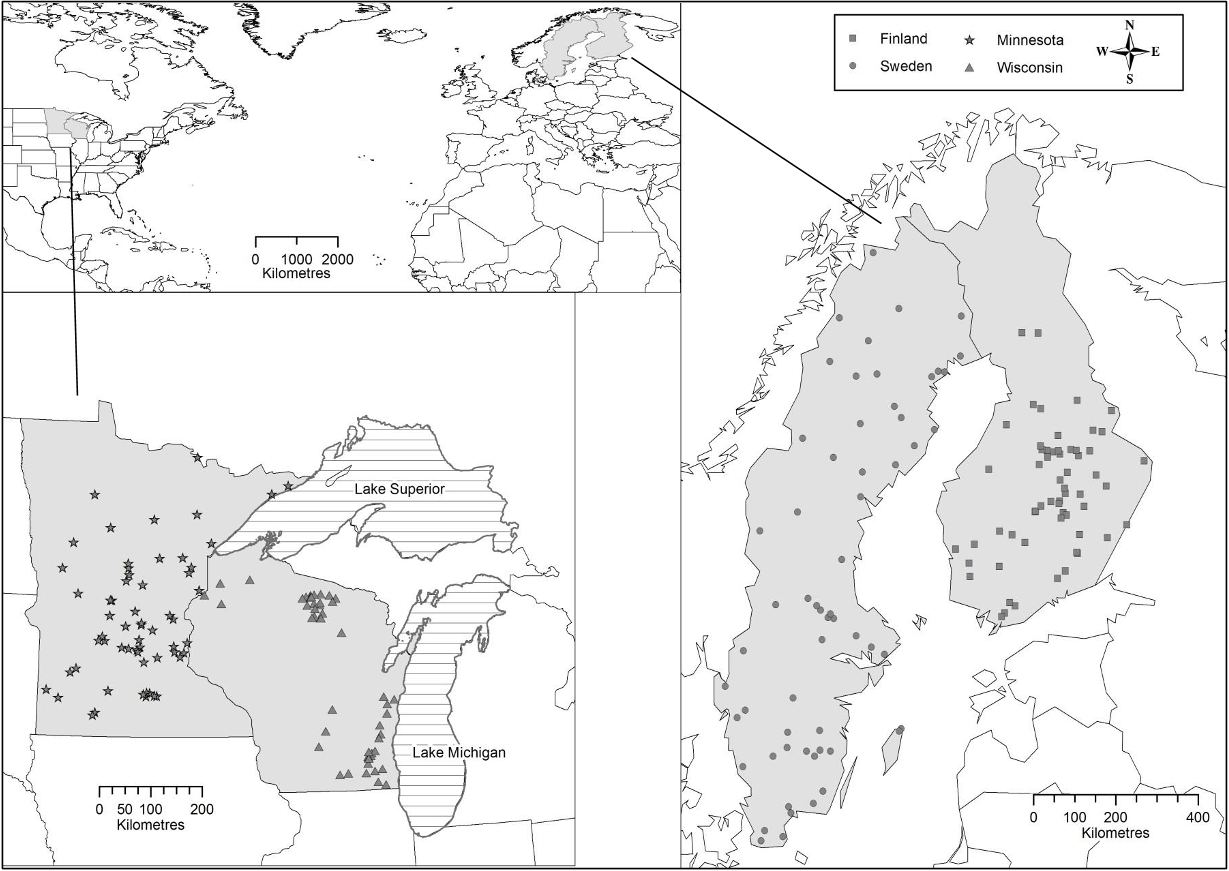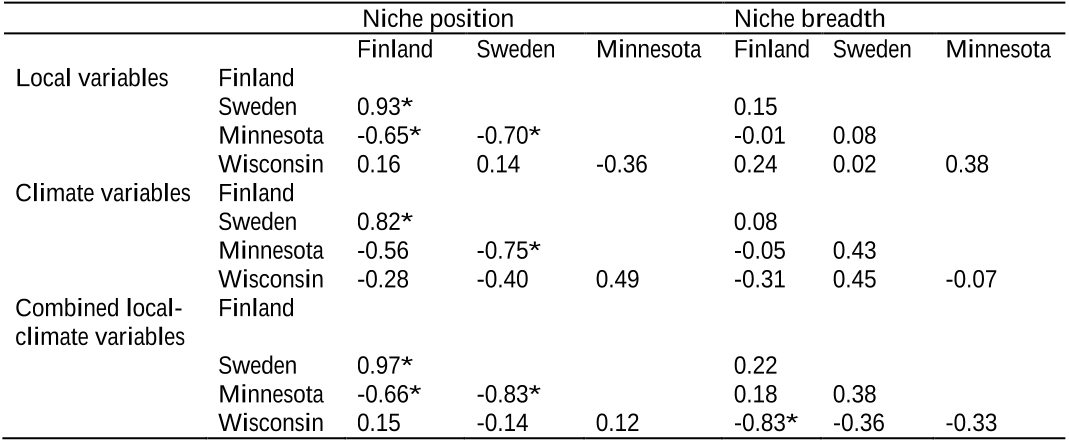




Did you find this useful? Give us your feedback










114 citations
...…related to, for example, ecosystem functioning (Symstad et al., 2003) and resilience (Folke et al., 2004), biogeographical regionalization (Divisek et al., 2016), niche conservatism (Alahuhta et al., 2017), species conservation (Brooks et al., 2008) and ecosystem services (Naidoo et al., 2008)....
[...]
..., 2016), niche conservatism (Alahuhta et al., 2017), species conservation (Brooks et al....
[...]
54 citations
35 citations
34 citations
22 citations
...Another line of evidence comes from a recent study showing that the niche of aquatic plants is not conserved among different regions (Alahuhta et al., 2017)....
[...]
83 citations
67 citations
...We emphasise, similarly to Wasof et al. (2013), that the explanatory variables used 507 are directly associated with actual ecological mechanisms, which determine the niche for each of 508 the macrophyte species (Rørslett 1991, Toivonen and Huttunen 1995, Vestergaard and Sand-Jensen 509 2000)....
[...]
65 citations
...2010, Alahuhta et 177 al. 2014, Alahuhta 2015). Macrophytes were sampled or observed by wading, diving, snorkelling or 178 by boat, using rakes and hydroscopes. Survey methods are described in detail for Finland in 179 Alahuhta et al. (2013), for Sweden in Naturvårdsverket (2010), for Minnesota in Alahuhta (2015), 180 and for Wisconsin in Sass et al. (2010). It is important to note that the sampling methods were 181 identical within each area....
[...]
...2010, Alahuhta et 177 al. 2014, Alahuhta 2015). Macrophytes were sampled or observed by wading, diving, snorkelling or 178 by boat, using rakes and hydroscopes. Survey methods are described in detail for Finland in 179 Alahuhta et al. (2013), for Sweden in Naturvårdsverket (2010), for Minnesota in Alahuhta (2015), 180 and for Wisconsin in Sass et al....
[...]
62 citations
...For example, wide variation in 89 influential chemical and physical characteristics typically exists within a small geographical area 90 (Elser et al. 2007), and species respond to these major environmental gradients (Bennett et al. 2010, 91 Sharma et al. 2011, Alahuhta and Heino 2013)....
[...]
...In many freshwater systems, local water 85 chemistry and habitat structure contribute equally or more strongly than climate to species’ 86 distributions and community structure at broad spatial extents (Sharma et al. 2011, Alahuhta 2015)....
[...]
62 citations